On September 20th, 1870. The Kingdom of Italy’s forces conquered Rome, which at the time, was under papal rule, ending the pope’s absolute power over the the Papal States. Prior to 1870, Italy had been a powder keg of revolt due to foreign occupation of territories in the peninsula, which prevented unification. Due to agreements made at the Treaty of Vienna in 1866, Austria ruled Trentino and Friuli-Venezia Giulia, while the Papal State controlled the territories of today's Lazio. France also played a key role in the negotiations between the European powers. With the weakening of French support on Roman soil, due to France’s war against Prussia, Italy began to glimpse the possibility of reclaiming Rome. The fall of Rome is seen as the first major victory in Italy’s desire to reclaim unredeemed lands that helped pave the way for the unification of Italy. Camillo Cavour, the head of government from 1852 to 1859, actively participated in European diplomacy to ensure that Italy would be unified under the rule of the Savoy. The unifying forces arrived before the South. Garibaldi, the commander of the army of a thousand, conquered southern Italy and on October 2, 1860, he proclaimed his submission to Vittorio Emanuele II, King of Italy. This dampened the concern for any possible claim of Independence.
The favorable conditions resulting from Prussia’s victory over France reinvigorated Italy’s desire to conquer the territories of the Papal States. Count Gustavo Ponza di San Martino was sent by the Italian government in the capital to reach an agreement with Pope Pius IX. After negotiations broke down, a military expedition, led by General Raffaele Cadorna, seemed to be the only solution. On September 12th 1870, troops set foot on Papal territory and would arrive in Rome within a few days without any hindrances. On September 20th, the General launched a decisive attack and entered the capital city through the Porta Pia. In order to avoid costly bloodshed, the Pope ordered the papal general to surrender. The city’s conquest signaled the end of the Pope’s temporal power over these territories in the Kingdom and led to the creation of a secular State. On October 2nd, 1870 a referendum was drafted to annex the conquered territories back to Italy. On January 27th of the following year, the capital was moved from Florence to Rome.
The favorable conditions resulting from Prussia’s victory over France reinvigorated Italy’s desire to conquer the territories of the Papal States. Count Gustavo Ponza di San Martino was sent by the Italian government in the capital to reach an agreement with Pope Pius IX. After negotiations broke down, a military expedition, led by General Raffaele Cadorna, seemed to be the only solution. On September 12th 1870, troops set foot on Papal territory and would arrive in Rome within a few days without any hindrances. On September 20th, the General launched a decisive attack and entered the capital city through the Porta Pia. In order to avoid costly bloodshed, the Pope ordered the papal general to surrender. The city’s conquest signaled the end of the Pope’s temporal power over these territories in the Kingdom and led to the creation of a secular State. On October 2nd, 1870 a referendum was drafted to annex the conquered territories back to Italy. On January 27th of the following year, the capital was moved from Florence to Rome.
RELATED


THE CHERNOBYL ACCIDENT


HIROSHIMA AND NAGASAKI


THE RAPE OF THE SABINE WOMEN
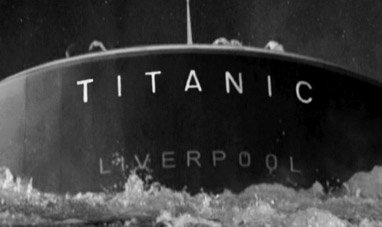

THE SINKING OF THE TITANIC
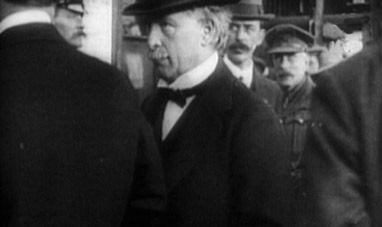

TREATY OF VERSAILLES
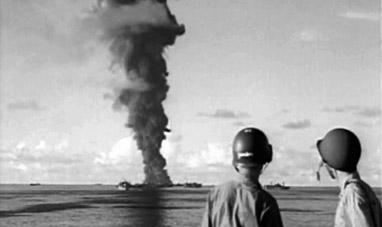

THE OUTBREAK OF WORLD WAR II


THE PROTESTANT REFORMATION


THE ARGENTINE DICTATORSHIP, 1976-1983


THE FIRST MOON LANDING


FOUNDING OF UNITED ARAB EMIRATES
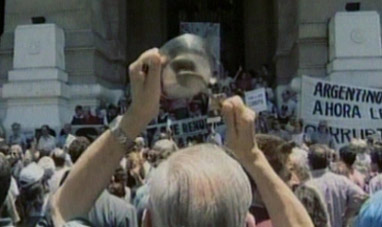

THE 2001 ARGENTINE ECONOMIC CRISIS


THE VAJONT DISASTER
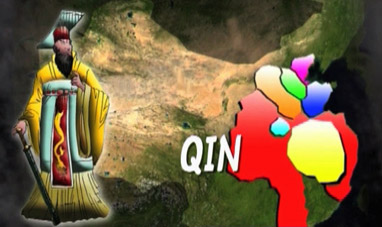

THE FIRST CHINESE EMPEROR AND THE QIN DYNASTY


NORMANDY LANDINGS


THE BATTLE OF HASTINGS
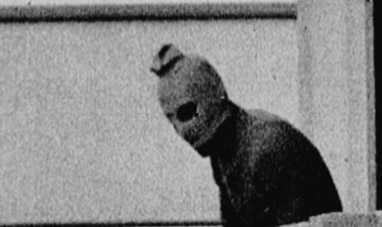

THE MUNICH MASSACRE


WORLD WAR II


THE INDUSTRIAL REVOLUTION


THE FALL OF THE BERLIN WALL


THE BATTLE OF AUSTERLITZ


THE SECOND INTIFADA
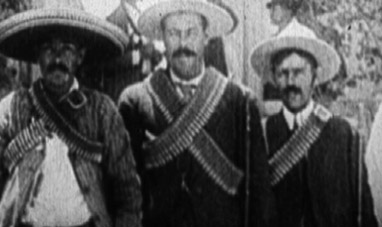

THE MEXICAN REVOLUTION


ASIAN TSUNAMI 2004
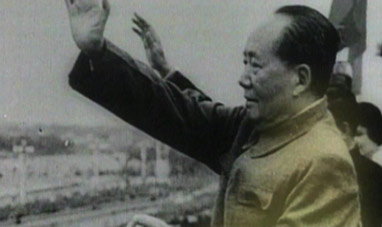

FOUNDING THE PEOPLE'S REPUBLIC OF CHINA
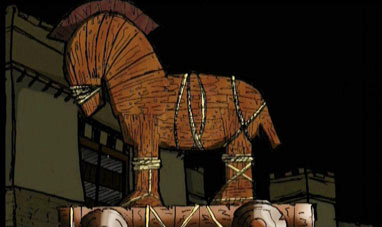

THE TROJAN WAR
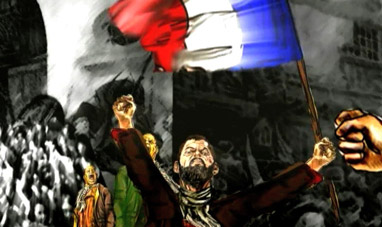

THE FRENCH REVOLUTION


PERESTROIKA


BUILDING THE SUEZ CANAL
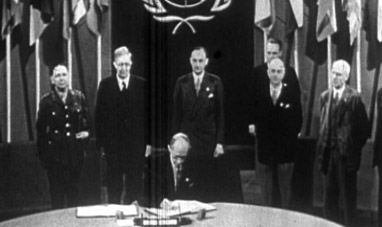

THE BIRTH OF THE UNITED NATIONS


THE FIRST GULF WAR


THE TAIWAN ISSUE


APARTHEID


THE FALKLANDS WAR


THE HUNGARIAN REVOLUTION OF 1956


THE RUSSIAN CAMPAIGN
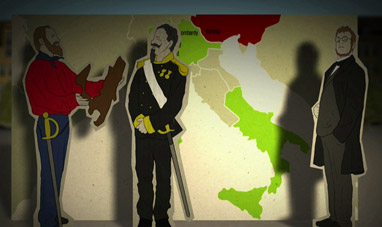

CAMILLO BENSO, COUNT OF CAVOUR
